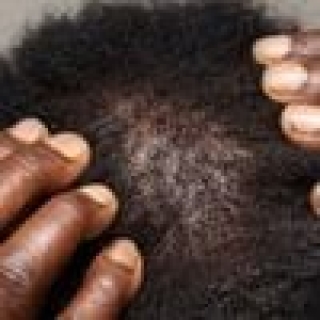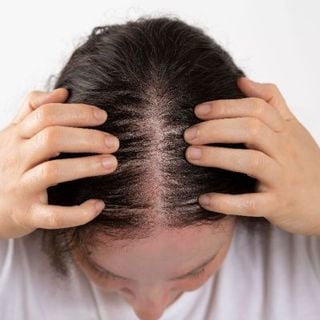Alopecia Areata
Alopecia areata is an autoimmune condition where the body’s own immune system targets and shuts off hair production in the hair follicles, leading to characteristic circular, coin shaped patches of hair loss. The hair loss can affect any hair bearing areas of the body including the scalp, eyebrows, eyelashes, and beard region. The degree and severity of the condition can vary greatly.









